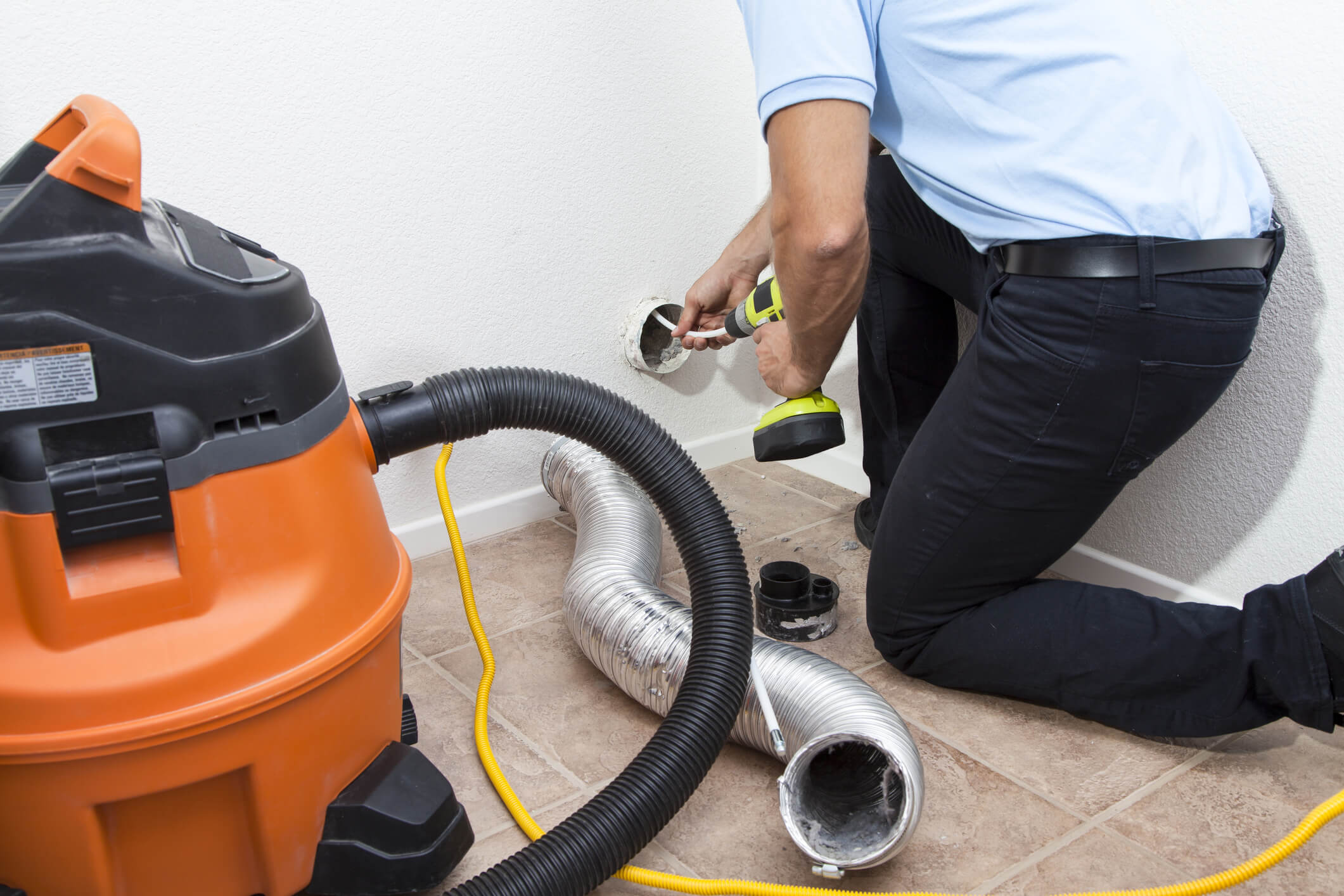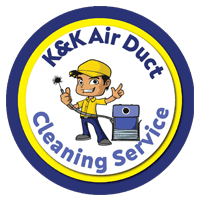
Inspect, Diagnose & Repair – Dryer Vent Cleaning
This how "K&K Air Duct Cleaning Services" will inspect, diagnose, and repair your dryer vent problems to make sure your dryer vent is safe and up to code. These are some of the codes and guidelines that we have simplified to make it easier for homeowners to understand. We use IRC and IMC codes as well manufacturers best practices to inspect dryer vents.

We start with the basics:
• check for disconnected ducts
• moisture problems
• broken ducts
• clocks
• incorrect material
A clothes dryer will vent about a gallon of water for each load of laundry. If the dryer vent is disconnected and in a crawlspace, attic, or other building cavity, the potential for moisture-related damage is significant.
We find a lot of rotten roof sheeting because the dryer was venting inside the attic. Mold problems are common as well when a dryer is leaking air or venting inside the house.
The Duct
According to the requirements of the 2009 International Residential Code (IRC) M1502, the clothes dryer exhaust duct should be made of metal, with No. 28-gauge thickness, a smooth interior finish, and a duct diameter of 4 inches.
Transition: the most commonly overseen dryer vent problem
A transition is the visible piece of duct connecting the dryer to the wall duct. It is allowed to be up to 8 feet long and should never go through the wall. Transition ducts must be visible and not concealed within construction.
Most ducts made of vinyl, nylon or foil are not recommended. If used, they will void the warranty of most dryers. These flexible accordion type designs because:
• do not meet code sizing and material specifications
• they trap lint,
• obstruct the air flow
• clog the duct
• require the dryer to work harder
• longer to dry clothes
• cause increase of dryer’s temperature
• wastes energy
Termination
The termination outside the building should be located at least 3 feet from any other building opening, and at least 10 feet from an air conditioner or heat pump condenser. The duct termination should be fitted with a closeable damper (a backdraft damper).
A mesh may not be installed at the duct terminus (2009 IRC M1502.3), as it can trap debris, which poses a fire hazard.
• Check the termination for birds’ nests, debris and damage.

The 10 top dryer vent problems:
• Clean the lint filter before or after each load of laundry.
• Remove any visible lint within the dryer.
• At least once a year, have a professional technician clean the dryer exhaust pipe.
• Gas dryers should be cleaned and serviced regularly by a professional.
• Install a smoke alarm in the laundry area.
• Install a CO alarm in the laundry area for a gas dryer.
Call or email K&K Air Duct Cleaning Services to have your dryer inspected or cleaned if you prefer a professional to do it for you.
References
ENERGY STAR Version 3, (Rev. 07)
HVAC System Quality Checklist, Local Mechanical Exhaust. Clothes dryers vented directly to outdoors, except for ventless dryers equipped with a condensate drain.
2009 IECC
This topic is not specifically addressed in the 2009 IECC.
2009 IRC
Section M1502.2 Independent exhaust system. Dryer exhaust systems to be independent of all other systems and convey the moisture to the outdoors, unless listed and labeled condensing (ductless) dryers are used.
2012 IECC
This topic is not specifically addressed in the 2012 IECC.
2012 IRC
Section M1502.2 Independent exhaust system. Dryer exhaust systems to be independent of all other systems and convey the moisture to the outdoors, unless listed and labeled condensing (ductless) dryers are used.


